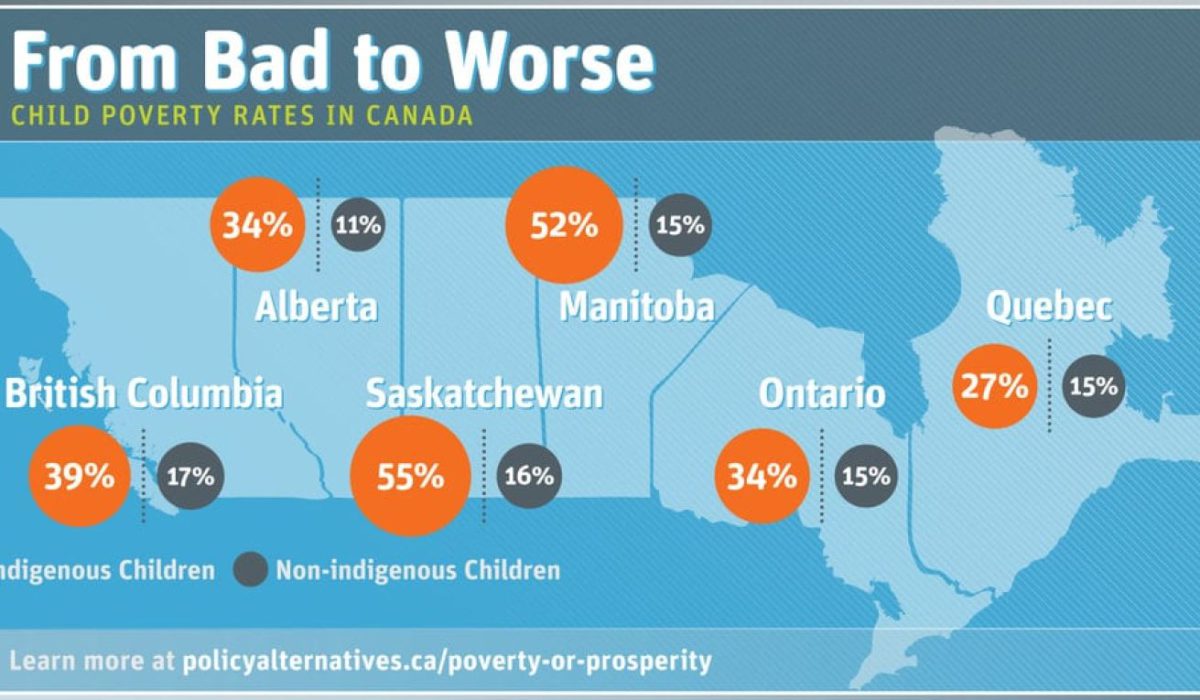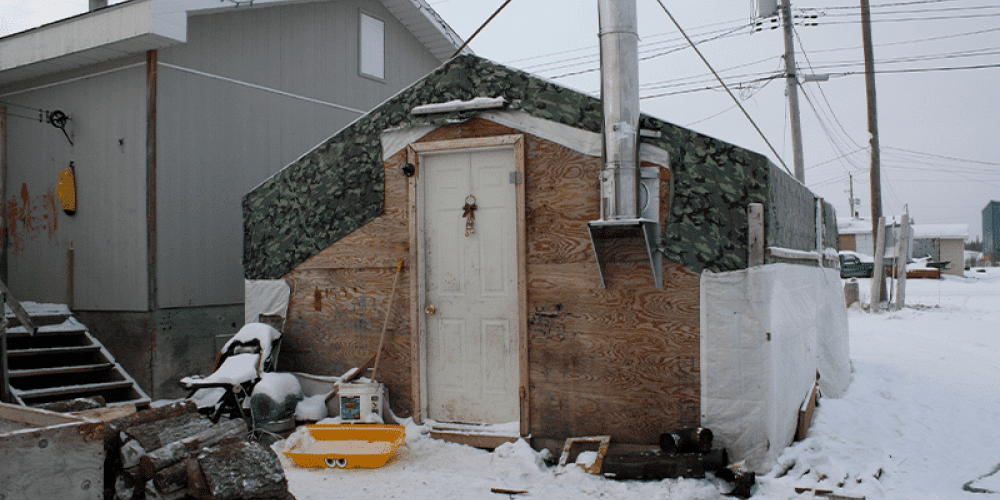Northern Indigenous communities in Canada are one of the worst affected when it comes to social and economic inequities. Around 40% of children in Indigenous communities live below the poverty line. Rates of poverty for First Nations women are double that of non-Indigenous women. Through this blog, we want to highlight common issues the community faces and how you might help.
Residential Schools and Intergenerational Trauma
The Residential School system operated between the late 1800s and 1996 and is responsible for the traumatic separation of young children from their parents. Children who attended these schools often faced emotional, physical, and sexual abuse while the system attempted to assimilate them into Western culture. The abuse didn’t stop there. Many students died due to lack of nutrition, poor health conditions, and abuse. Many students died at home after being discharged from the school. The legacy of residential schools continues to this day through intergenerational trauma.
Forced segregation and living in the north
When the Indian Act of 1867 came into force, Indigenous communities were assigned areas far away from white-populated areas in Canada. While poverty isn’t that common in people living on reserves close to urban areas, it’s very prevalent in northern communities due to lack of resources, employment opportunities and the high cost of living.
Higher rates of mental illness
First Nations adults living on reserve are twice as likely to suffer from major depression when compared to the Canadian adult population. The historical trauma of Residential Schools has been intergenerational. A higher percentage of depressive episodes, anxiety, stress, suicidal thoughts, and neglect is reported among adults whose parent or grandparent attended the Residential Schools.
Inability to own land on reserves
Real estate is the driving force for wealth in Western countries. However, the Indian Act of 1867 limits First Nations people to own land on reserves. They can finance their home but not own the land it’s built on.
How can you help the Indigenous communities in Canada?
The very first step towards helping the Indigenous communities in Canada is empathizing with their struggles, past and present. Check out our Recommended Resources.
Support indigenous artists and business owners.
Lastly, but more importantly, donate to charities that work with Indigenous communities at the grassroots level. Monetary donations are more beneficial than humanitarian aid since they can be cost-prohibitive. These northern communities can only be accessed by planes or long drives from bigger cities. Indigenous communities in Canada deserve an improved standard of living. True North Aid is committed to making that a reality by supporting the right self-determination, and governance.
Visit our website to explore our current programs and learn more about how you can contribute towards the cause.

